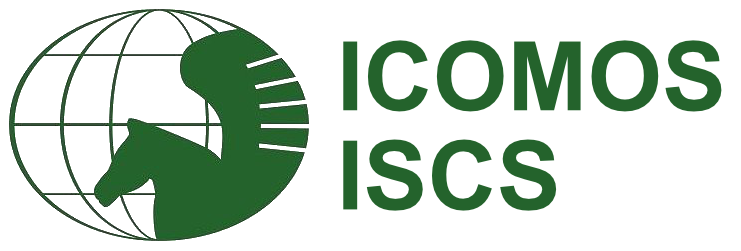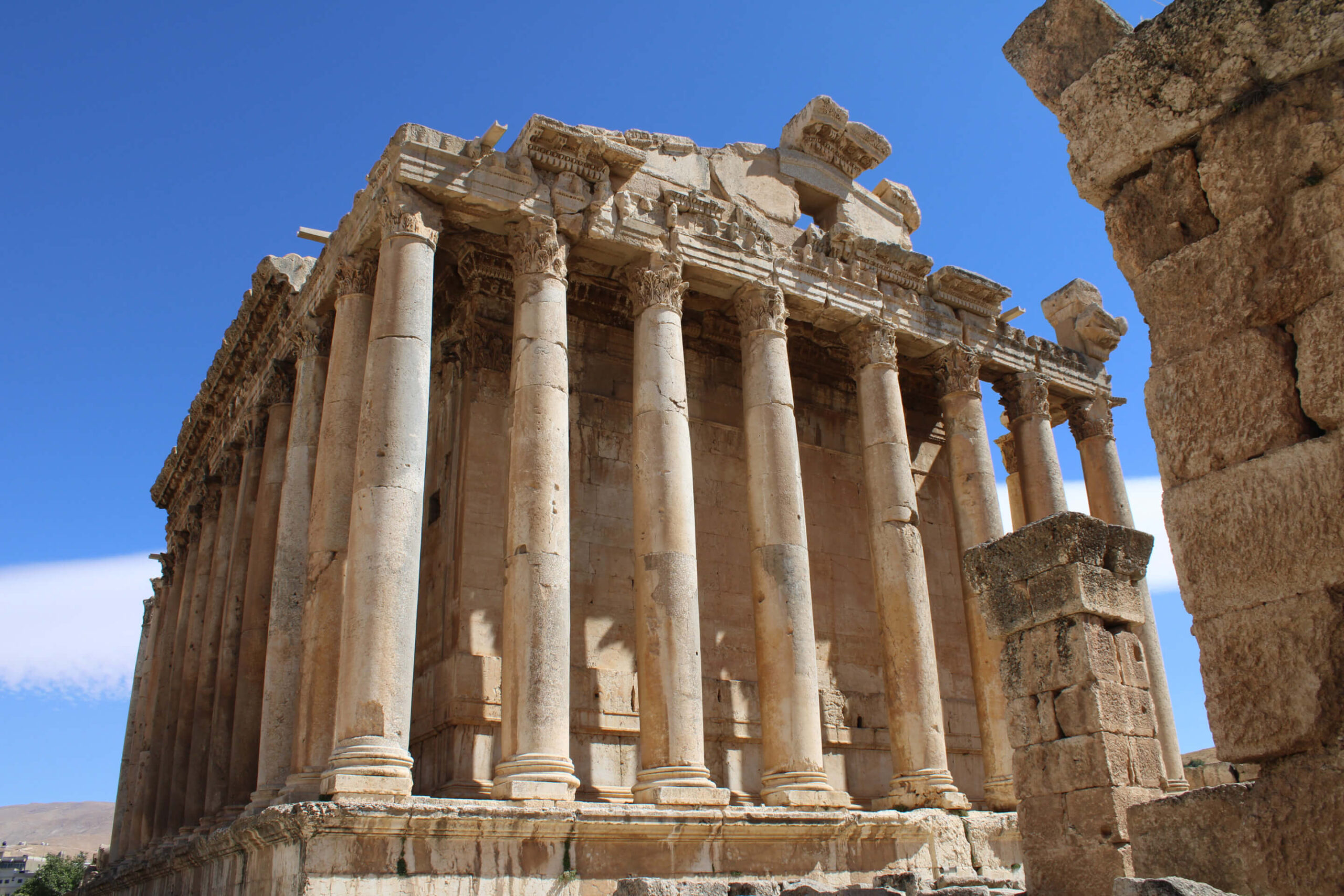Goals
Employing a multidisciplinary approach, it aims at identifying research gaps, stimulate and support research activities and increase exchange and dissemination of knowledge and skills in order to promote greater understanding in the heritage field.
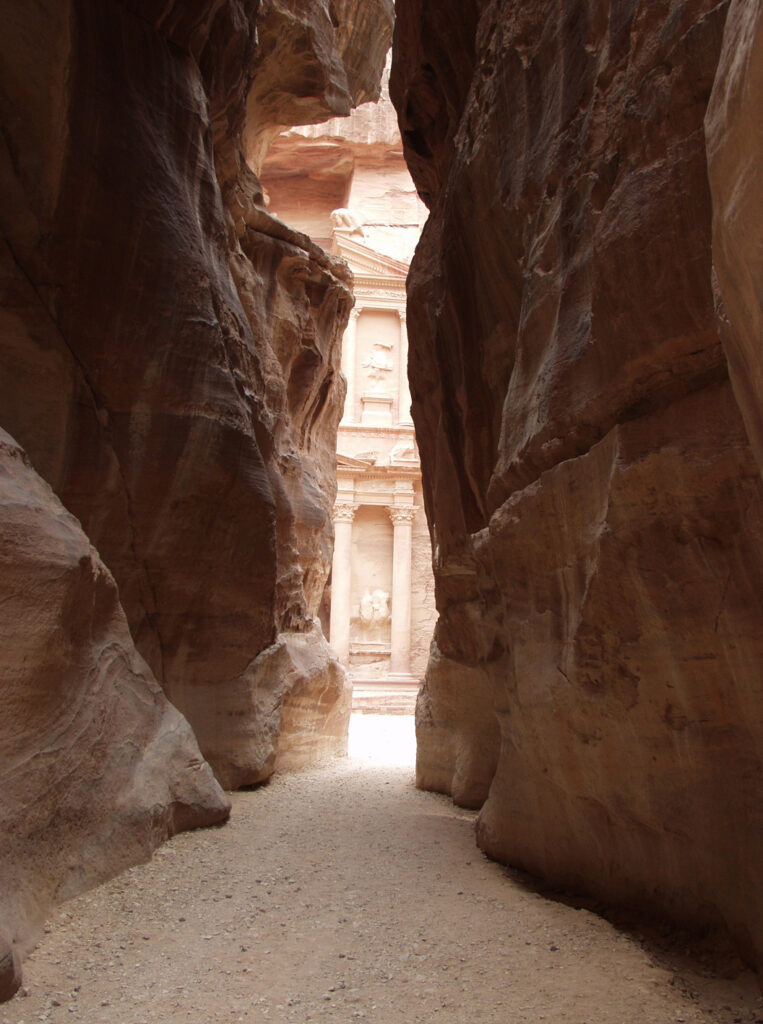
In order to reach its objectives, the Committee will develop activities in support of the ICOMOS triennial action plans and in agreement with the ISCS work program and will include in particular:
- The promotion of dissemination and sharing of information on IPBM conservation both nationally and internationally, for both professionals and the public
- Both the real and virtual production of information documents, as publications, newsletter, Web site
- The organisation of scientific conferences or workshops in relationship with the Committee meetings, and in partnership with expert institutions in the field
- The participation and promotion of training and education activities
- The provision of a technical assistance
ISCS Board members
Last December 2021 a new Bureau for the ICOMOS-ISCS was elected by the national voting members, to serve until 2024. We would like to thank you for the confidence shown in us, and we look forward to three fruitful years.
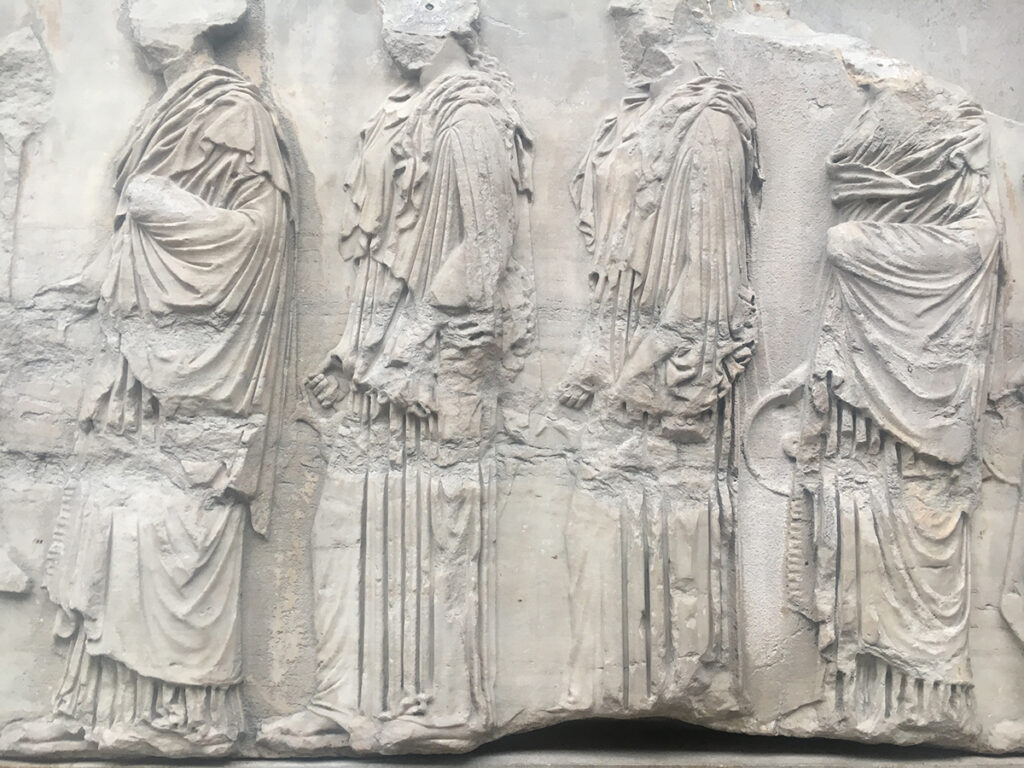
The ISCS Bureau
John Hughes (president), Julie Desarnaud (vice-president), Nevenka Novakovic (vice-president), Tim De Kock (secretary-general), Jiyoung Kim (treasurer)
Workplan 2021-2024
As one of the oldest scientific committees, ISCS has performed a tremendous amount of work since 1967, while great advances have been made in the field of stone conservation. Nevertheless, a world in transition poses new challenges and priorities in research, practice and policy-making. These demand ISCS to be transversal, to increase capacity building in stone conservation and to prioritise its potential in supporting the Sustainable Development Goals.
Outline work plan for 2021-24:
Membership: Survey members to maintain up-to-date information to support better communications; and to develop the engagement of the members in committee activities. Recruit new members with expertise in all IPBMs used in heritage and improve representation from regions currently underrepresented. Work towards having all states represented by a voting member. Promote activities to support and develop the careers of emerging professionals.
Communications: Re-launch of the website. Maintain with up-to-date content including membership profile details, and pages for topic specific working groups. Distribute multi-annual newsletter. Annual online meeting and additional working group meetings and seminars where demand arises.
Working Groups: key topics to be determined by consultation with the membership and proposals for subject working groups. Ensure ISCS representation on ICOMOS working groups where appropriate (e.g. SDGWG, CCCHWG, material specific, training, social and cultural)
Inter-committee initiatives: Establish links to and develop co-working with other ICOMOS scientific and national committees.
Materials: encourage activities and membership of the committee to incorporate all IPBM in historic structures in accordance with the committee’s statutes, thus providing a more holistic basis to consider the conservation of non-organic material structures.
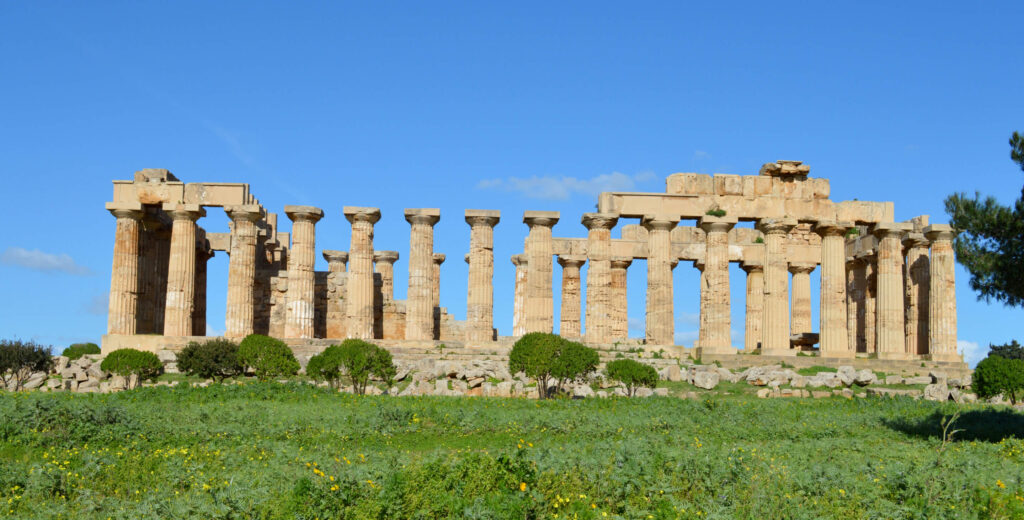
On the long term, we want to support working groups on relevant themes. A participation call for a first working group will be launched to revise the mission statement or goals of ISCS. Topics to be addressed in this working group include material and method scoping and identifying transversal connections to other SC’s. Working Groups can be proposed bottom-up and shall be open to all members’ participation. A spokesperson will be assigned that reports to the Bureau on a regular basis. The output of each working group will be valorised in the newsletter and during the annual event.

Facing the difficulties in some countries to have stone conservation education we propose to create pathways towards a new international program that is both online for the theoretical aspect and on field trip for practical aspect of the stone education.
Potential funding and program content will be discussed in collaboration with the working groups.
One of the goals will be to establish more alliances and partnerships, coordination with NCs (as a way to promote the work of ISCS and provide professional assistance).
For daily management, we foresee four Bureau meetings per year through conference calls. In these meetings, there will be a structural evaluation of the membership applications and the evaluation of the Membership Committee. We will set up a structure to encourage Emerging Professionals (EP) (referring to ICOMOS EPWG) to become member of ISCS. We aim to adopt 1 EP and an intercontinental participation in the next election for The Bureau.
By-Laws
The Bylaws of the ISCS were drafted by the Committee in 2020,and approved by the ICOMOS advisory Committee in 2021.
The Statutes of the ISCS were drafted by the Committee at its meeting in Quebec City, Canada on 28th September 2008, and adopted on 9th July 2009. The Statutes were drawn up according to the Eger/Xian Principles for International Scientific Committees.
